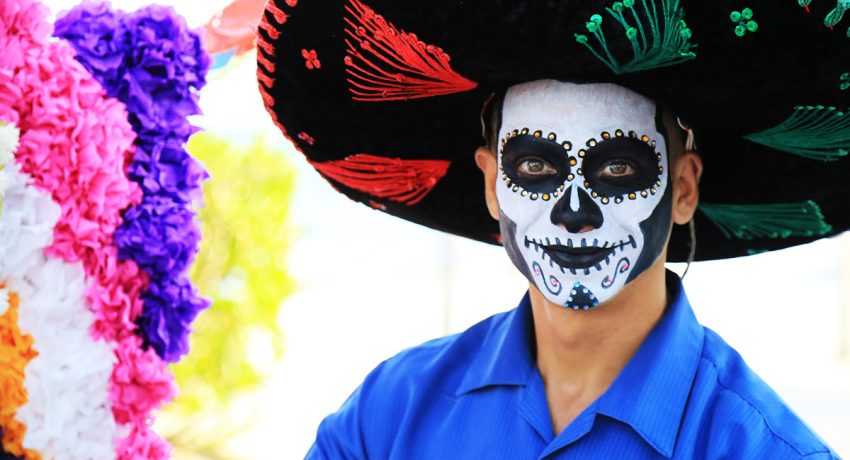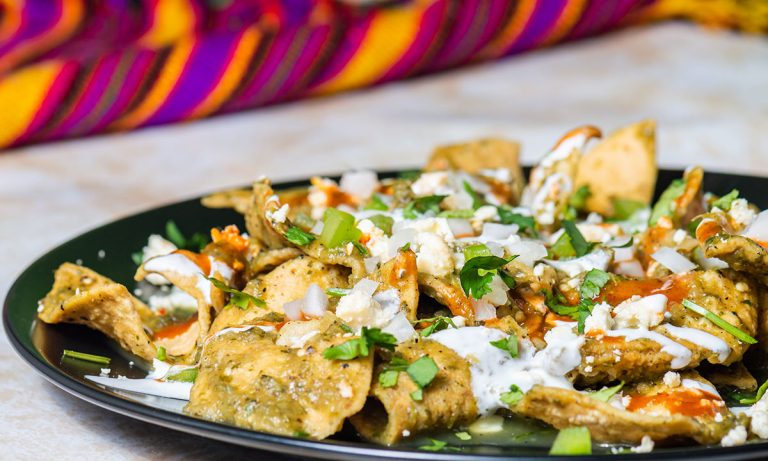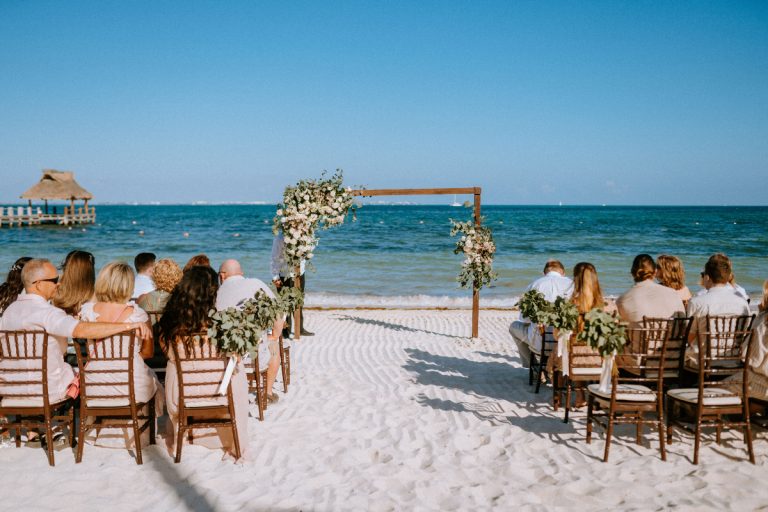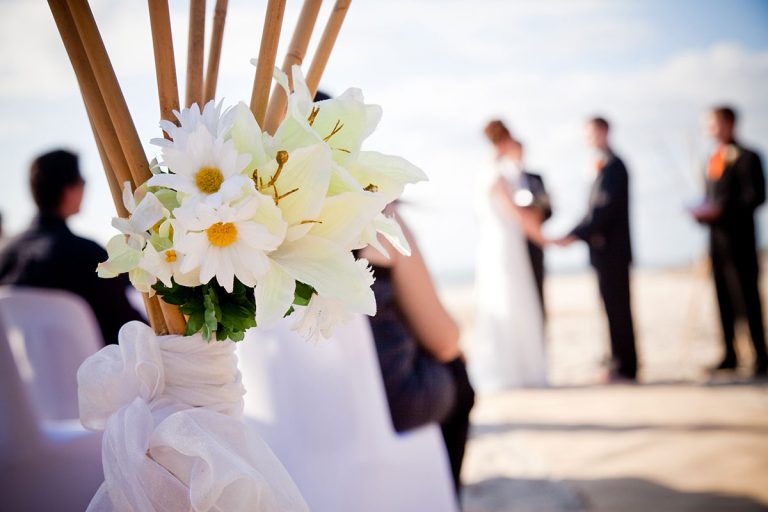Mexico’s “El Día de Muertos”, Day of the Dead, falls on November 2nd each year and is a hugely significant day in the Mexican calendar. During this period, Mexican stores will be littered with colorful skulls, both decorative and edible, which honor the souls of the departed in both public and private locations. To those who are unfamiliar with the Day of the Dead, the similarities between this Mexican holiday and Halloween seem obvious but there are some important cultural differences. These differences offer a fascinating insight into how colonization affects traditions when two cultures collide, clash and eventually merge.
How does Halloween differ from the Mexico Day of the Dead?
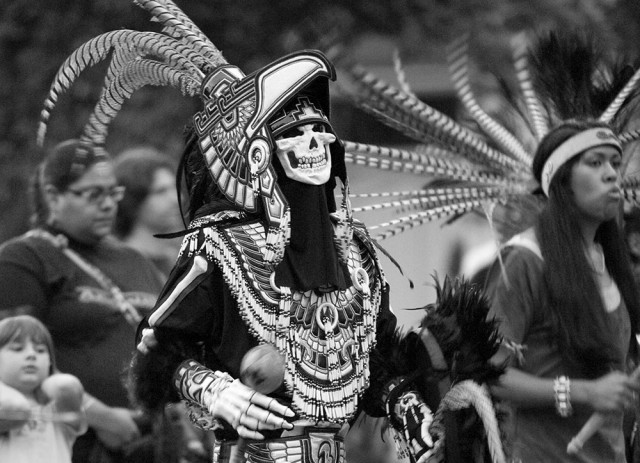
Although death is a central theme for both Halloween and the Mexico Day of the Dead, Halloween draws attention to the grisly and frightening nature of death while el Día de Muertos puts a much larger emphasis on celebrating the lives of those who have passed on as a means of remembering them. Furthermore, Halloween springs from the Christian tradition of All Hallows eve which was originally based on the merger of Celtic and Roman traditions while the Mexico Day of the Dead resulted from the blending of Spanish and Aztec cultures and traditions.
Aztec and Pagan Influences
Despite coming from different pre-Christian traditions, both of these holidays are celebrated around the date of the Christian tradition of All Hallows, All Saints Day being November 1st and November 2nd being All Souls Day. In Europe, October 31st became All Hallows eve, and later Halloween, and was the time when bad spirits and demons would roam the earth before the holy festival. From this came the tradition of wearing frightening costumes and lighting candles in grotesquely carved pumpkins with the aim of frightening away the malicious dead.
Interestingly enough, the dates of All Hallows coincide with ancient Celtic rituals that were celebrated by villages throughout the British Isles and France to welcome in the New Year at the start of November marking the end of harvest time and the beginning of the hibernation period for animals. With the Roman conquest, the pagan traditions were integrated into the Christian festival of All Hallows.
In a similar way, the Aztec tradition of honoring the Queen of the Underworld, Mictecacihuatl and her husband Mictlantecuhtli was integrated into the Day of the day wherein the souls of the beloved dead are celebrated. Today Mictecacihuatl is represented by the Calavera Catrina; a skeleton dressed in all her finery. Rituals commemorating the dead, such as those performed by the Aztecs, were a part of the indigenous traditions up to 2000 years before the initial Spanish conquest. When the Spanish took control they integrated these traditions into their own religion much like the Romans did with the indigenous Celts of Europe and their traditions.
What happens on the Day of the Dead?
Altars are erected, candles are lit and photographs of deceased family members are placed upon these altars wreathed in flowers. The relatives’ favorite food and drink may also be placed by or on these altars, the idea being that the deceased would visit and consume these victuals before returning once more to the underworld. The food ensures the spirits have enough energy to return to the underworld and the candles light their way. Traditionally, a certain kind of sweet bread, pan de muerto (bread for the deceased) is made and left on the altars. Cemeteries in Mexico on the Day of the Dead are also notoriously busy with families visiting graves, even having parties during which musicians play and tequila is drunk to honor the dead.
So, if you ever find yourself in Mexico at this time of year, think about Mexican families preparing altars and sweet bread to honor their loved ones. Why not participate in the many public festivals that mark this iconic festival during a vacation at Villa del Palmar Cancun!
